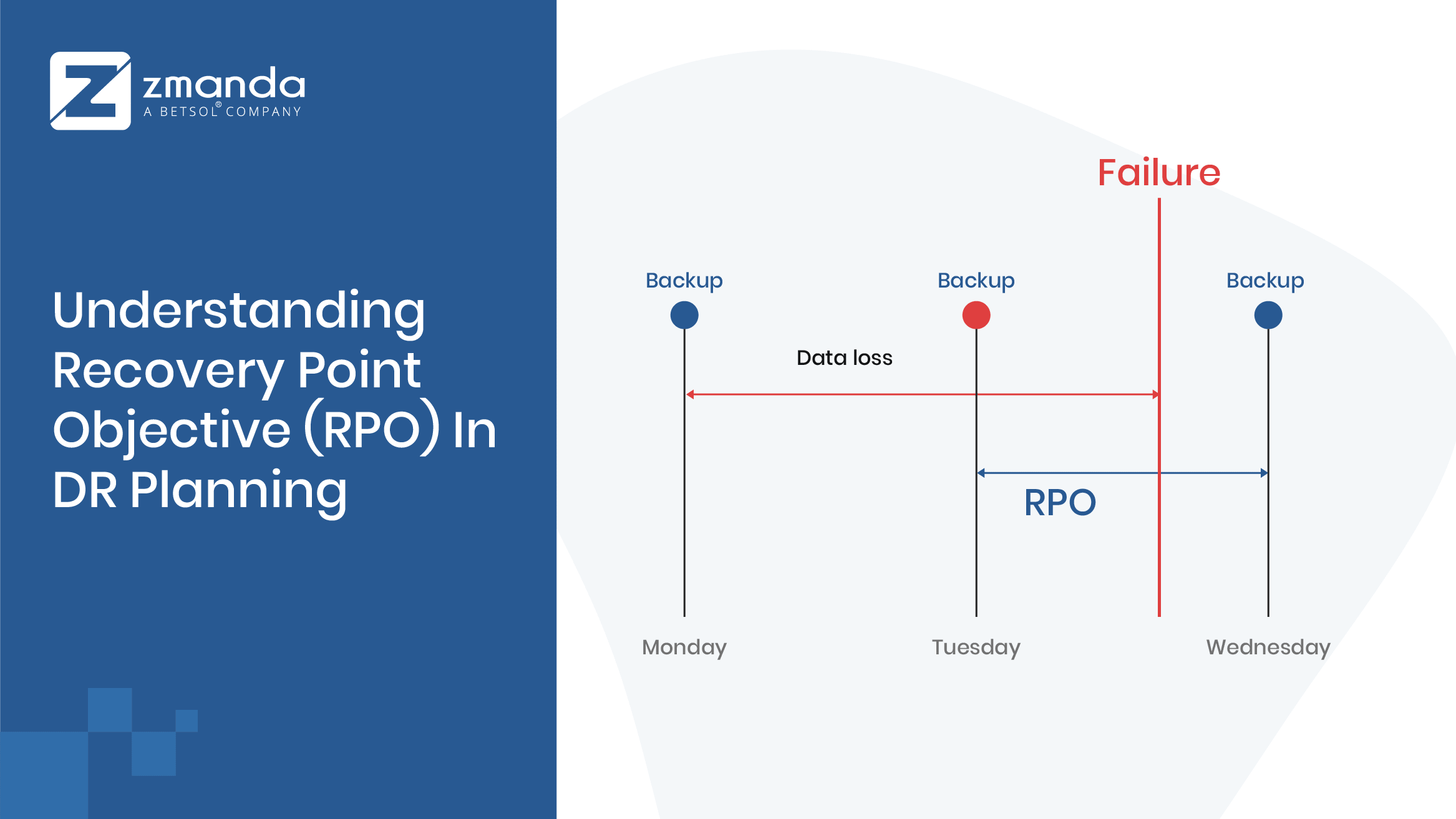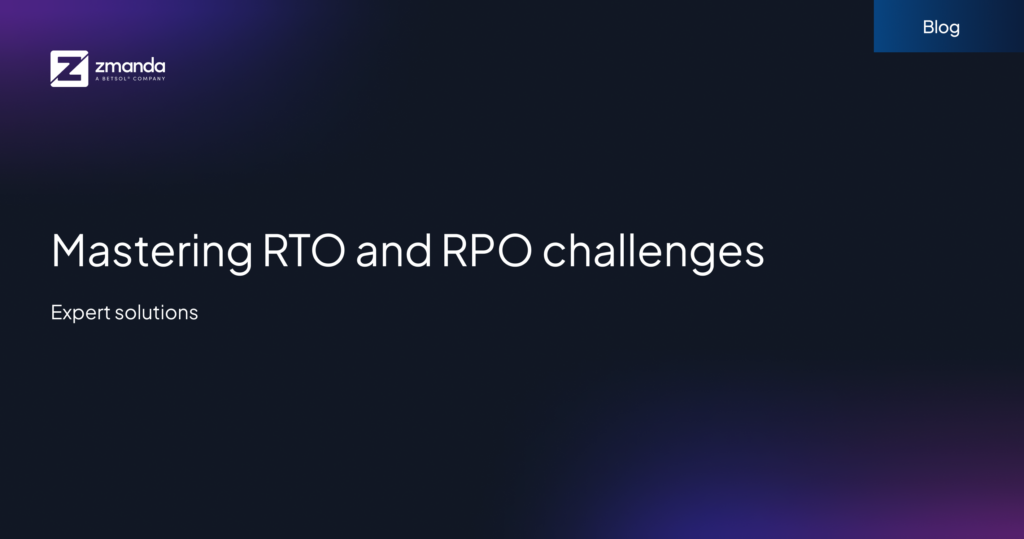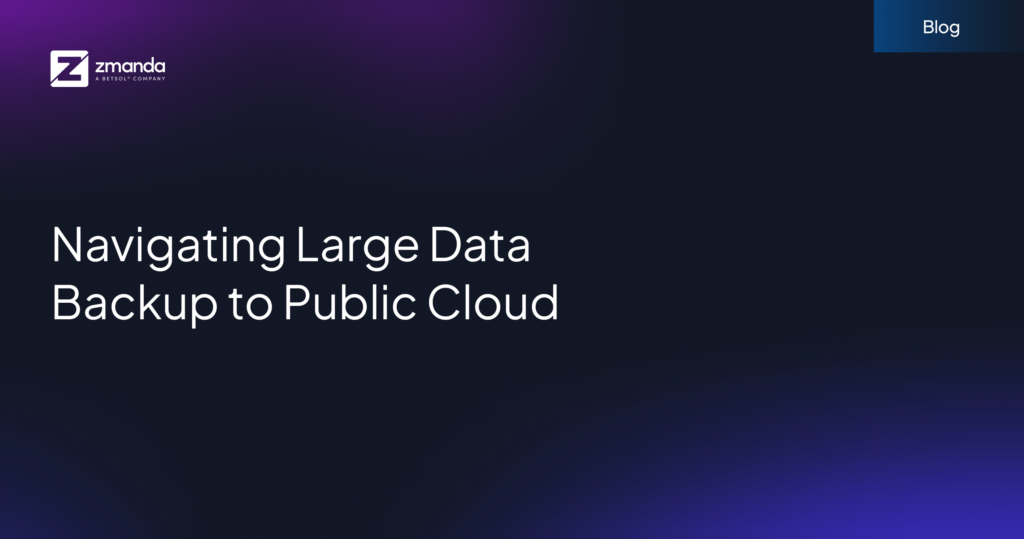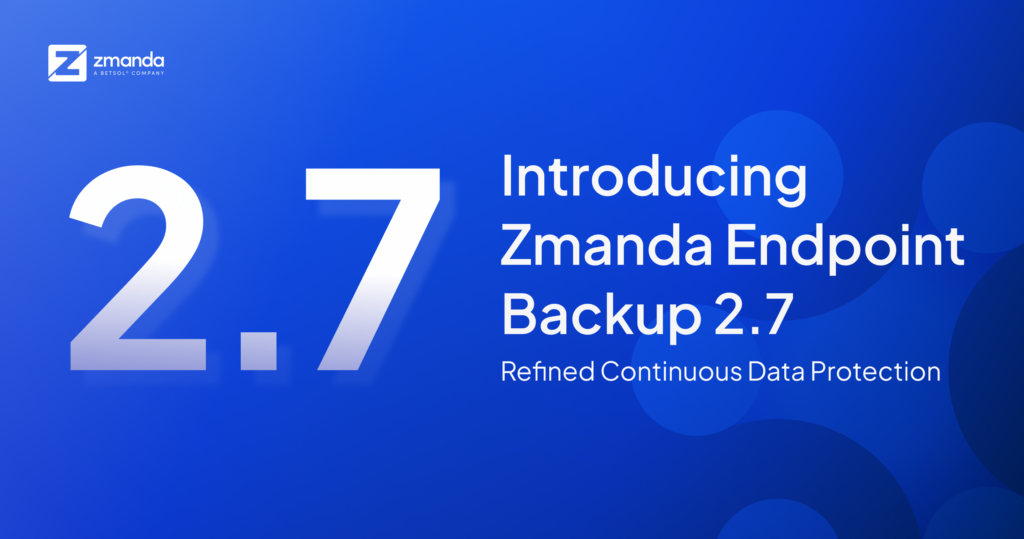
What is Recovery Point Objective?
RPO or Recovery Point Objective is defined as the maximum acceptable amount of volume/data that can be lost from the point in time i.e., from the instant at which disaster, failure, or an unplanned data loss event occurs, measured in terms of an amount of time. RPOs specify the maximum age of the data worth of loss that the company can tolerate in-between backups from the time elapsed to the last point of time up to which data could be successfully recovered, before the disaster event.
For a successful RPO strategy, any business, large, or small should calculate the loss tolerance that occurs between backups. It is also equally important to determine the time frame while transitioning from disaster to operational status as per scheduled data backups. But how would you ensure the recovery strategies and technology once you anticipate the catastrophes? This is where you should engage in a sound Business Continuity Plan (BCP) that sets the maximum allowable threshold for the RTO or the interval of time with minimum data loss during the disruption.
Here’s an Example of RPO
When a disaster transpires and the most recent backup copy of data is 8 hours ago, and the standard RPO for the business is 10 hours, then we are still within the limit of the RPO as specified in the BCP.
Pro Tip: Fundamentally, RPO acknowledges the big question, “Up to what point in time can the recovery process be endured given the volume of data lost during that recess?”
What Does RPO Determine?
Recovery Point Objective or RPO is time-based and a crucial metric to determine the company’s loss tolerance. At its most basic, it will help you figure out how often you should backup the whole system to ensure business continuity. RPO helps determine the following,
- What is the minimum backup schedule frequency;
- How much data can be lost after a disaster causes significant harm to the organization; and
- How far back the IT team must go to employ recovery techniques without delaying the data loss against the expected RTO
Why Is RPO Important?
RPO computes the time it might take for an enterprise before the quantity of lost data exceeds the disaster recovery plan’s (DRP) maximum allowable tolerance or threshold. It is very critical as it helps an organization in:
- Improving the effectiveness of the Business Continuity Plan (BCP)
- Protecting essential applications without which the business cannot operate
- Assisting in determining your Service-Level Agreement (SLA) during disruption
How to Calculate RPO?
To calculate RPO, you must first define how much data you are willing to lose if the production system is unavailable. You also need to understand the cost of downtime-the time during which an application or system is unavailable for use. Then, build an inventory of every system and application used by your business as part of your Business Continuity and Disaster Recovery (BCDR) Plan. Additionally, you must calculate how long your business can afford to go offline risking customer trust and partner relationships. Don’t forget to consider internal teams and end users that may be affected by systems rendered inaccessible. These systems are categorized into tiers.
For instance:
- Tier 1/ Gold = 0 min – 1hr- This tier includes mission-critical business operations that cannot afford to lose more than an hour of data. E.g., banking transactions, CRM systems patient records, etc.
- Tier 2/ Silver = 1hr – 4hr- This tier represents semi-critical business units that can afford data loss of up to 4 hours. E.g., file servers, and customer chat logs.
- Tier 3/ Bronze = 4hr – 12hr- This tier includes businesses that cannot afford to lose more than 12 hours’ worth of data. E.g., sales, and marketing data.
- Tier 4/ Copper = 13hr – 24hr Businesses that deal with semi-critical information requiring an RPO of not less than 24 hours fall under this tier. E.g., human resource data (HR) and purchase departments.
Achieve RPO- The Zmanda Way
The most critical variable in the event of a disaster is your Recovery Point Objective (RPO) and Recovery Time Objective (RTO). A solid DR plan includes the steps to fulfill two main objectives- the RPO & the RTO while keeping recovery time low.
With seamless hybrid cloud setups, Zmanda’s disaster recovery solution strives to answer this problem. Zmanda offers the perfect stack to shape RPO that ideally fits your business needs. Through high availability native code architectures, the Zmanda backup engine accelerates recovery time by eliminating delay for an outage notification.
See it for yourself! Let’s get started with a free trial to strategize your data backup or request a demo. Got any questions? Please reach out to us here.


